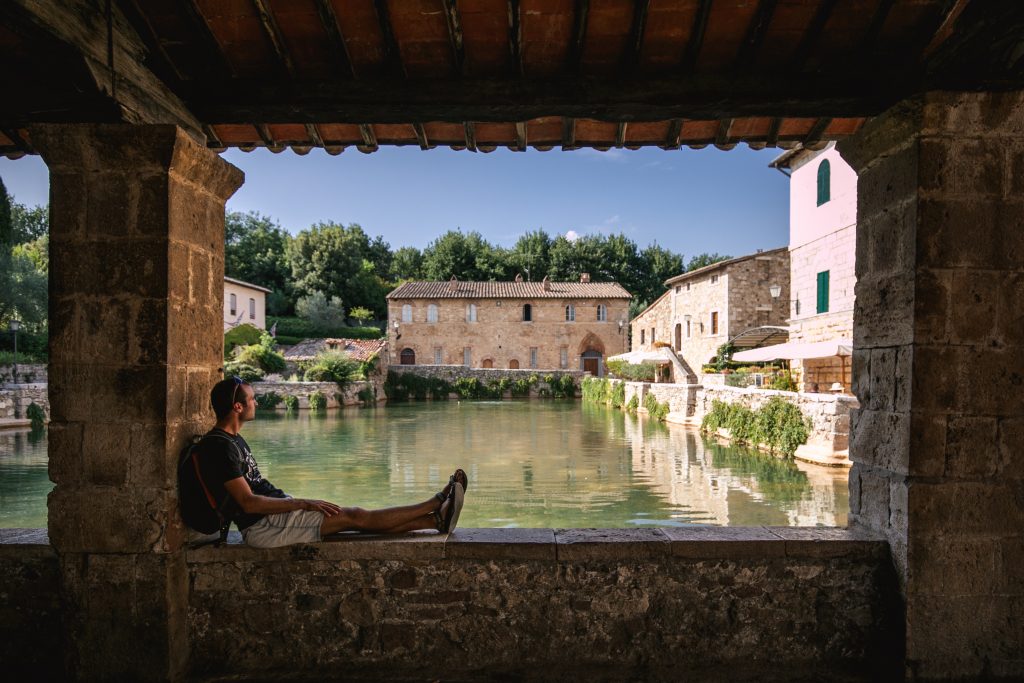Traveling has always been synonymous with freedom, discovery, adventure, relaxation, culture. If, however, until a few years ago most tourists preferred to participate in organized trips, today – especially in the adventure travel sector (ie active tourism) – things are changing.

What does it mean to go on a “self-guided” trip? As the word itself explains, it means not following a guide, not having a person outside the group leading the way. Normally, “self guided” is defined as those tours organized by a specialized agency (which deals with logistics), but which are then carried out “alone”, perhaps with a small group of people: family, friends, partners.
This type of trip is generally cheaper than guided tours, is a “free departure” trip (in the sense that you can freely choose the start date) and often takes place in nearby destinations (Europe is perfect for this type of holiday). Furthermore, on the one hand it gives a great sense of freedom (you don’t have to follow a group), on the other hand it exempts from organizational stress – since the organization of the trip is entrusted to professionals (who take care, for example, of booking hotels, carry luggage, reserve tastings or transfers from the station / airport to the starting point).
Therefore, if on the one hand the specialized agencies (such as those that are part of the ActiveItaly network) offer logistical support and assistance in the event of technical (or other) problems, on the other hand those who travel have the priceless feeling of being masters of their time and their choices.
In Europe, the markets that prefer this type of activity the most are the English, Dutch and German markets. The bond that these peoples have with the “self-guided” journey through nature, on foot, originates in the tradition – born in the seventeenth century and remained alive for three centuries – of the “Grand Tour“. It was a very long journey that young people, aristocrats and bourgeois underwent, to perfect their knowledge of the world; they walked for months in order to learn about art, politics, history, archeology, and of course the favourite destination was just Italy.
If we look at the self-guided journey with the eyes of Mediterranean population, the perspective appears completely reversed. In the past, traveling on foot often meant not having the economic means to travel in any other way. In everyday life they struggled, they moved on foot or by bike, so the holiday – which became mass since the 1960s – had to be synonymous with relaxation, good food and lack of any strenuous activity. This type of vision is still quite in vogue today. However, compared to 20 years ago, there has been a great improvement and the self-guided market, especially on foot and by bicycle, is spreading more and more
Today the self-guided journey is considered a way to discover, have fun, stay in touch with nature. Some travellers are real enthusiasts and tend to dedicate at least one or two weeks a year to it, for others it is an occasional experience, but there is certainly a great curiosity around this type of trip, whose market is therefore in strong growth. The “self guided” is considered a direct experience to live “without filters” the places you meet.
